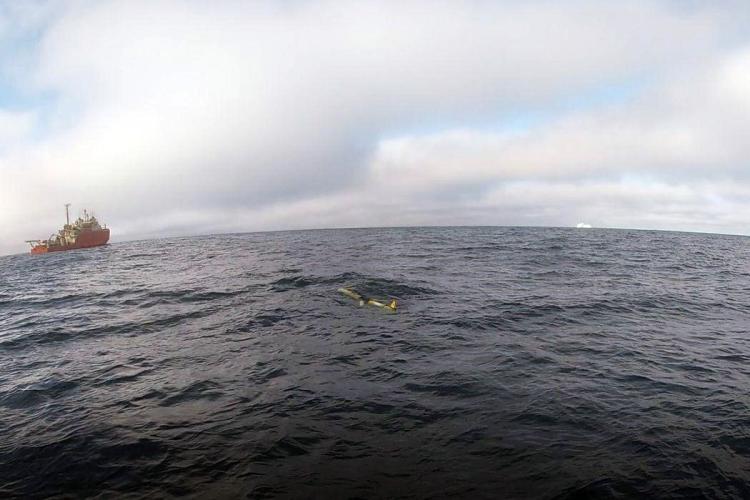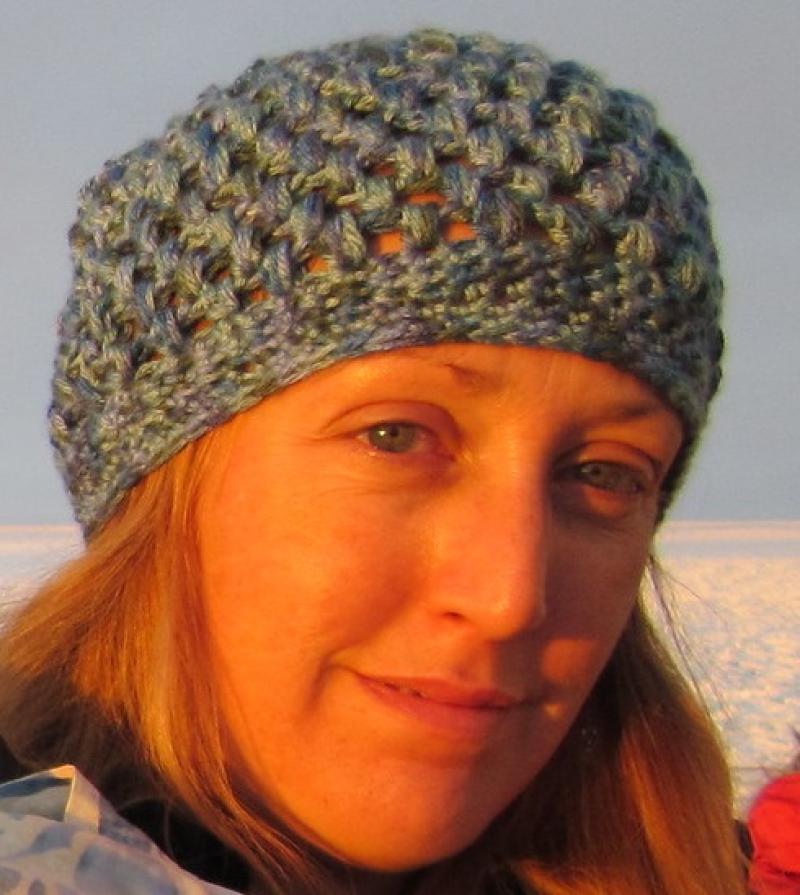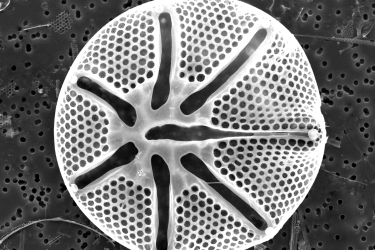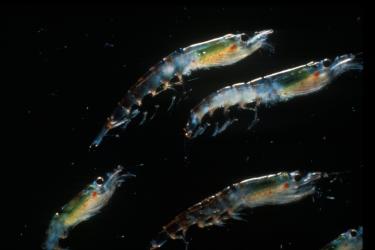When I was in the fourth grade, I built a “magnetizer” for my science project. I found the instructions in a dusty old library book from the 1960s. I coiled some wire around an empty cardboard paper towel tube and, with my dad’s help, attached a plug to the end of the wire. I tested it at home by putting a screwdriver in the tube and plugging it in. It worked! I delightedly tested my new screwdriver magnet on every small metal object in the house.
When I took my magnetizer to school and plugged it in to demonstrate its awesome powers for my class, it blew the circuit. The classroom went dark, and my classmates laughed. I was mortified that I couldn’t get my magnetizer to work.
Sometimes I wonder if my lack of confidence when working with technology stems from this unfortunate elementary school incident. I think about my failed magnetizer often as I’m piloting gliders—especially when I have to troubleshoot a problem.
Yesterday morning, one of the gliders aborted its mission and stopped diving because its science computer stopped working. The same thing happened once during last year’s deployment. But since it had been a year, I couldn’t remember how to fix it. I was able to diagnose the issue quickly (our oxygen sensor failed, causing the science computer to crash), but I struggled to restart the computer. The glider just bobbed at the surface, awaiting my instructions, while I just sat there, frozen.
I wrote a quick email to technical support for the gliders and hoped for a fast response. When I didn’t get one, I knew I was going to have to resolve this on my own. I tried waiting for the computer to restart itself. That didn’t work. I tried resetting another sensor, but that didn’t work either. I eventually tried telling the glider to “use” the science computer, and that did the trick. The glider has been diving well ever since.
Of course, we always want the gliders to perform well, but I was so glad this happened and that I was able to fix it by myself. Every little piloting victory I have builds my confidence and makes me think that I can do this. I don’t have to feel paralyzed with dread when something goes wrong.
I was also glad that if the oxygen sensor had to fail, it had the decency to do it in the middle of the day instead of in the middle of the night.




